Introduction: The Rise of Steel Buildings in the Construction Industry
In recent years, there has been a significant rise in the popularity of steel buildings within the construction industry. As advancements in technology continue to revolutionize the way we build, steel has emerged as a versatile and durable material that offers numerous benefits over traditional construction methods. From commercial structures to residential homes, steel buildings have become a preferred choice for architects, developers, and homeowners alike.
One of the key advantages of steel buildings is their inherent strength and durability. Steel structures are capable of withstanding extreme weather conditions such as hurricanes, earthquakes, and heavy snow loads. This makes them an ideal choice for areas prone to natural disasters or regions with harsh climates. Unlike traditional building materials like wood or concrete, steel is not susceptible to rotting, warping or termite damage, ensuring longevity and minimal maintenance requirements.
Another significant advantage of steel buildings is their versatility in design and construction. Steel offers greater flexibility in terms of architectural possibilities due to its high strength-to-weight ratio. This allows for larger open spaces without the need for excessive support columns or walls. Additionally, steel structures can be easily modified or expanded upon as needed without compromising their structural integrity.
The use of steel in construction also contributes to sustainable building practices. Steel is a highly recyclable material that can be reused indefinitely without losing its properties or quality. Furthermore, the production process for steel involves significantly less energy compared to other materials such as concrete or brick.
In conclusion, the rise of steel buildings in the construction industry can be attributed to their numerous benefits and advantages over traditional building methods. From enhanced durability and design flexibility to sustainability considerations, it’s clear that steel structures are shaping the future of modern architecture and revolutionizing how we build our cities and communities.
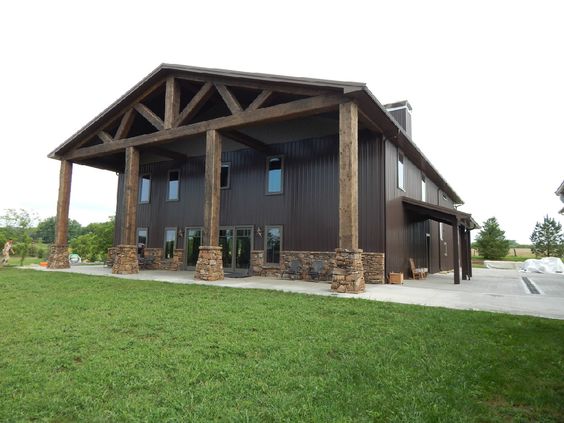
1. Durability and Strength: Why Steel Buildings Outshine Traditional Construction Materials
When it comes to durability and strength, steel buildings undoubtedly outshine traditional construction materials like wood. Steel structures are known for their exceptional strength and long-lasting nature, making them a superior choice for various construction projects.
One of the key advantages of steel buildings is their incredible durability. Unlike wood, which is susceptible to rotting, warping, and insect damage over time, steel structures are highly resistant to these issues. This makes them ideal for withstanding harsh weather conditions such as hurricanes, heavy snowfall, or intense heat.
Moreover, steel buildings offer unmatched strength compared to their wooden counterparts. Steel is a robust material that can support heavy loads and withstand extreme forces without compromising its structural integrity. This strength allows for larger open spaces and flexible design options in steel buildings.
Additionally, steel buildings have a longer lifespan than traditional wood constructions. The inherent properties of steel make it resistant to deterioration caused by moisture or pests, ensuring that the structure remains intact for decades with minimal maintenance requirements.
In summary, if you prioritize durability and strength in your construction projects, opting for a steel building is the clear choice. Its ability to withstand environmental factors while maintaining its structural integrity over time makes it a reliable and long-lasting solution compared to traditional wood constructions.
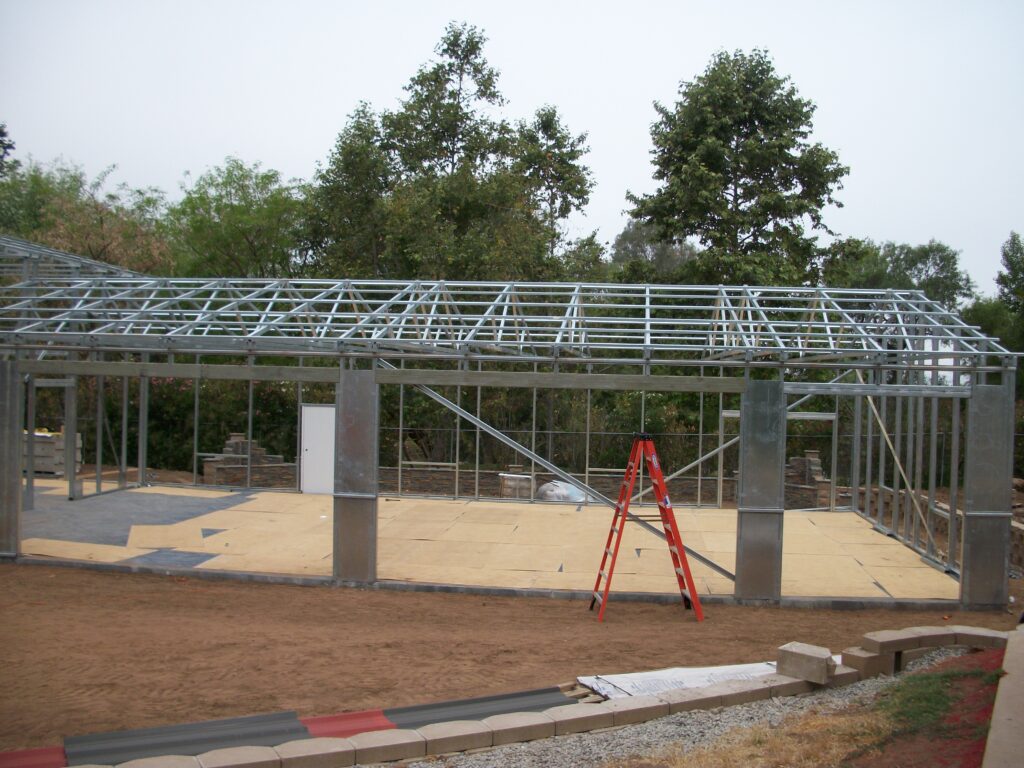
2. Cost-Effectiveness: How Steel Buildings Can Save You Money in the Long Run
One of the key advantages of a steel building is its affordability. Compared to traditional construction, cost-efficient steel buildings often come at a lower cost per square foot due to their simple construction methods.
The manufacturing process allows for better control over material waste and reduces labor costs associated with on-site construction.
Furthermore, engineered steel buildings also have a positive impact on the green environmental momentum. According to Metal Building Manufacturers Association and statistics from the Steel Recycling Institute, steel is the most recycled material on Earth.
Additionally, they require less maintenance and repairs over time due to their durable materials.
In conclusion, steel buildings, when properly designed, can provide a nice value added to a property owner and possibly a future substantial return on investment.
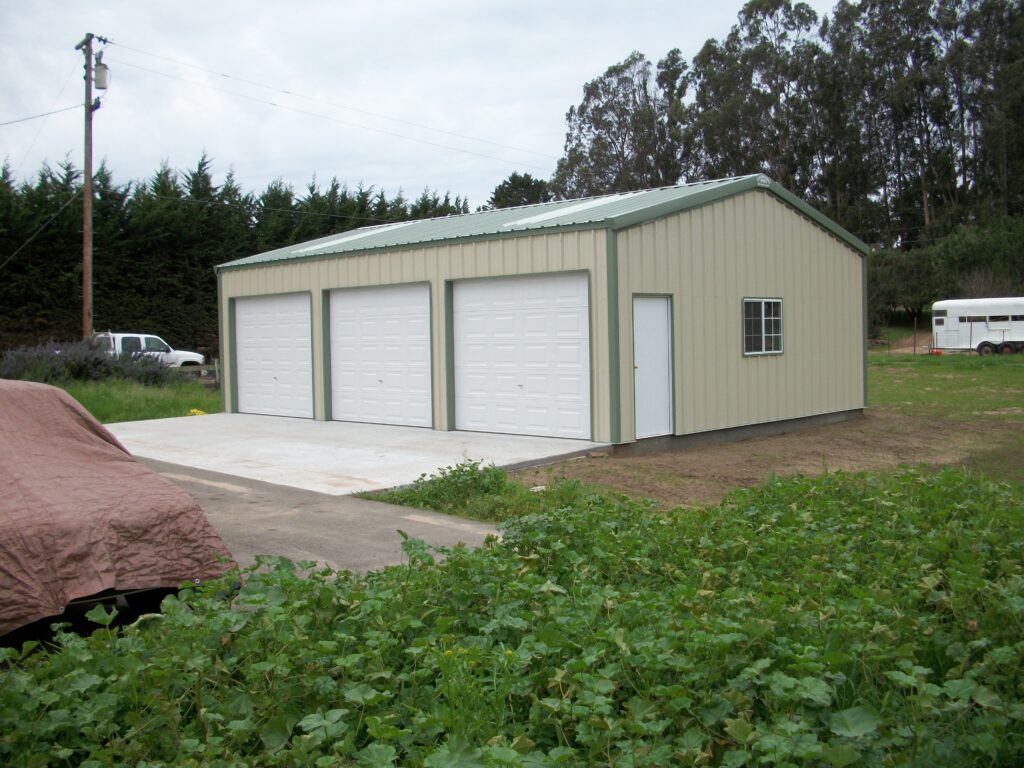
3. Versatility and Customization: The Flexibility of Designing with Steel
Steel buildings offer excellent design flexibility. With customizable options for size, layout, and aesthetics, design flexibility with steel individuals can create spaces that meet their specific requirements.
Whether it is adding windows or doors in desired locations or incorporating unique architectural features, the versatile building options of steel buildings can be tailored to suit various needs.
Another advantage is steel buildings can usually be designed to meet state and local codes.
In summary, in today’s marketplace design flexibility and customization abilities create many opportunities for construction such as manufacturing facilities, equestrian arenas, office space, warehouses, and storage facilities, and many more.
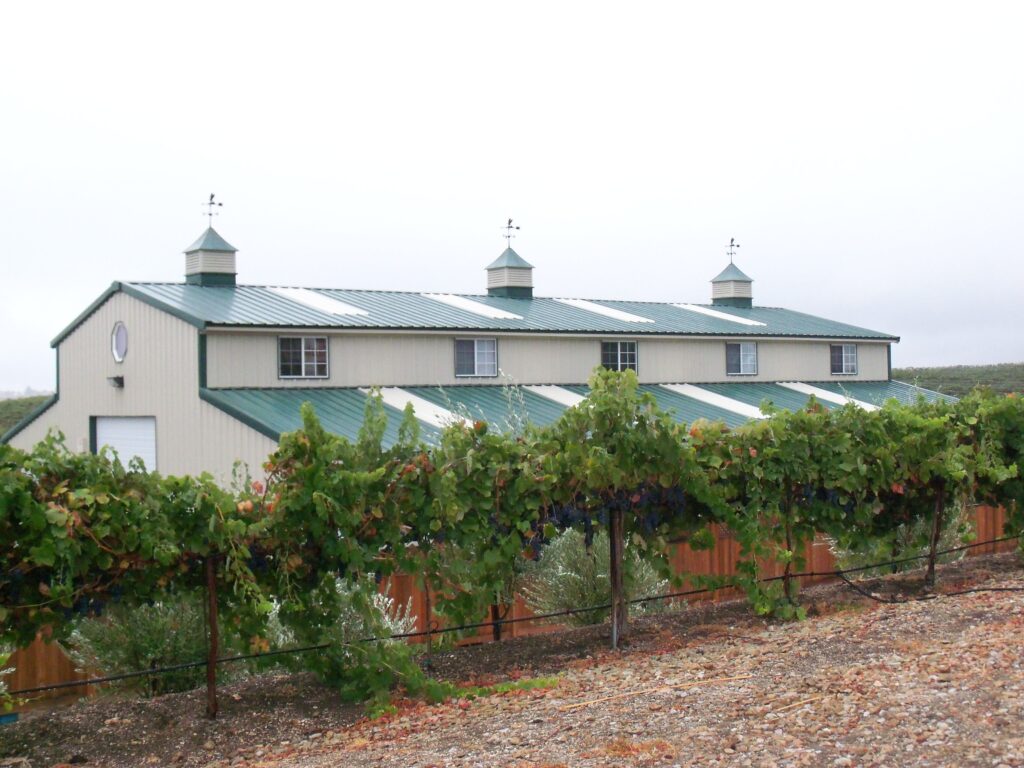
4. Energy Efficiency: Lowering Your Carbon Footprint with Eco-Friendly Steel Buildings
As previously mentioned, steel building construction leads the way in green building practices.
The recycling rate for steel is extremely high, the buildings are built with sustainable construction materials, and the structures are energy efficient.
To sum it up, steel buildings are the structures of choice when concerned about the green movement momentum.
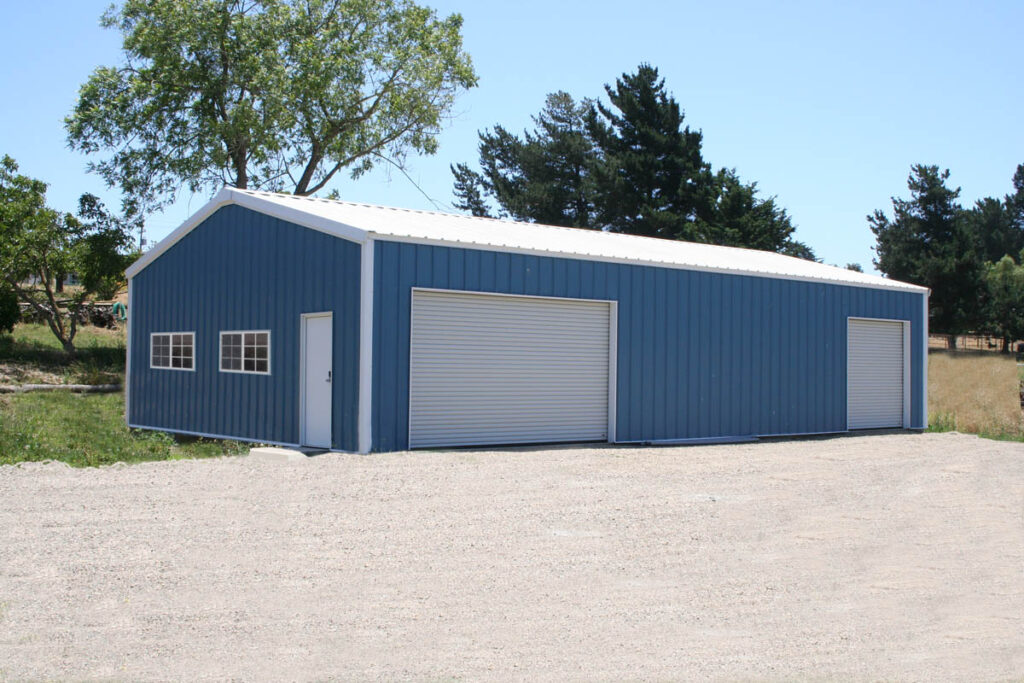
5. Quick Construction Time: How Steel Buildings Expedite Project Completion
Construction process and time are significantly reduced with steel buildings compared to traditional construction methods.
Project timelines are reduced due to the structure being delivered to the site with all parts ready to be assembled allowing for the time saving structures to be erected quickly and efficiently.
Since the components are fabricated off-site according to precise specifications before being delivered for assembly on-site, the overall construction process is streamlined and efficient.
In conclusion, timely, efficient, quick, and reliable are a statement of steel building construction.
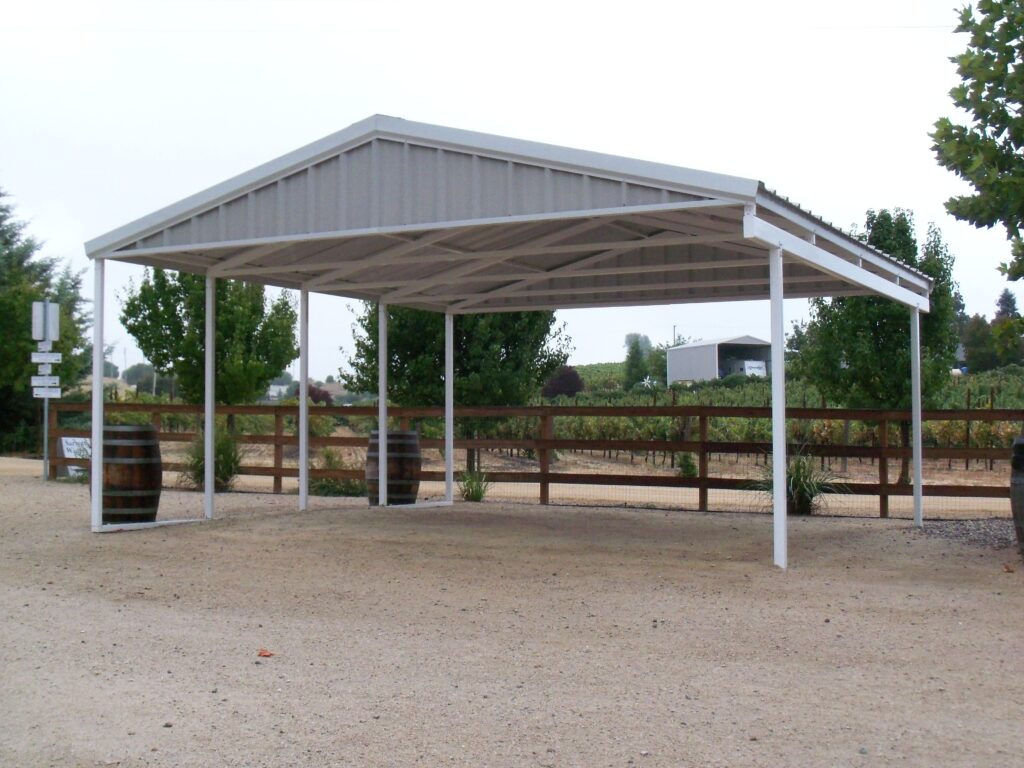
6. Low Maintenance Requirements: Enjoy Hassle-Free Upkeep with Steel Structures
Steel constructions provide minimal upkeep costs and effort. The buildings are easily maintained, and the buildings are known for their durability and strength.
Steel is a robust material that can withstand harsh weather conditions, seismic activity, and even fire. This ensures long-term structural integrity, which is pest and rot resistance.
In summary, steel structures allow for more free time and less worry about upkeep and maintenance over time.
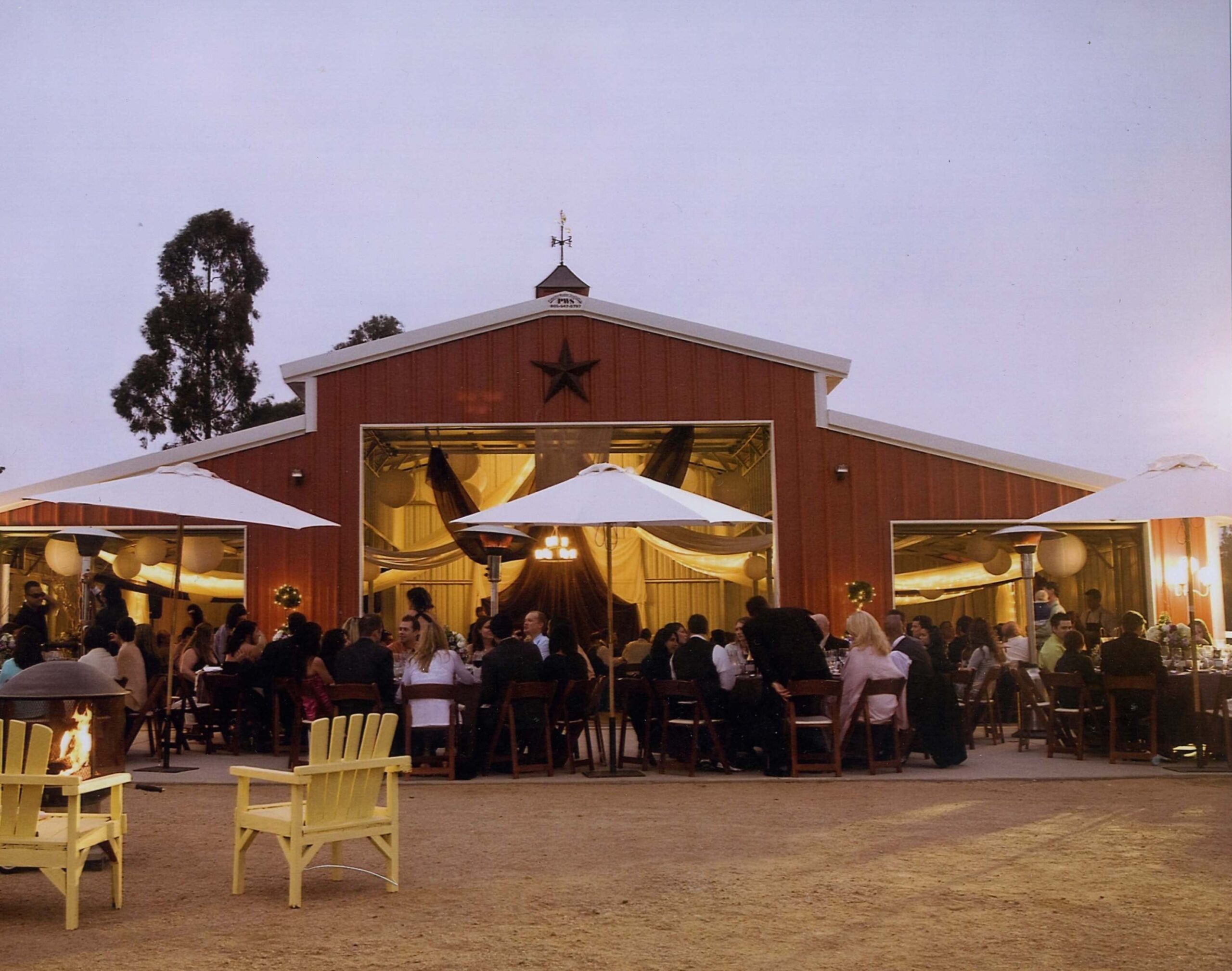
Conclusion: Embrace the Advantages of Steel Buildings for a Stronger and More Cost-Effective Future in Construction Industry.
Our own PWS Steel Buildings, and the Steel Building Manufacturer, Nucor Building Systems , we represent as an authorized dealer and builder, have gained popularity due to their durability, design flexibility, shorter construction lead times, and cost-effectiveness. As individuals recognize the benefits of these structures – whether it be for commercial or residential purposes – they continue to be a preferred choice in modern construction projects.

